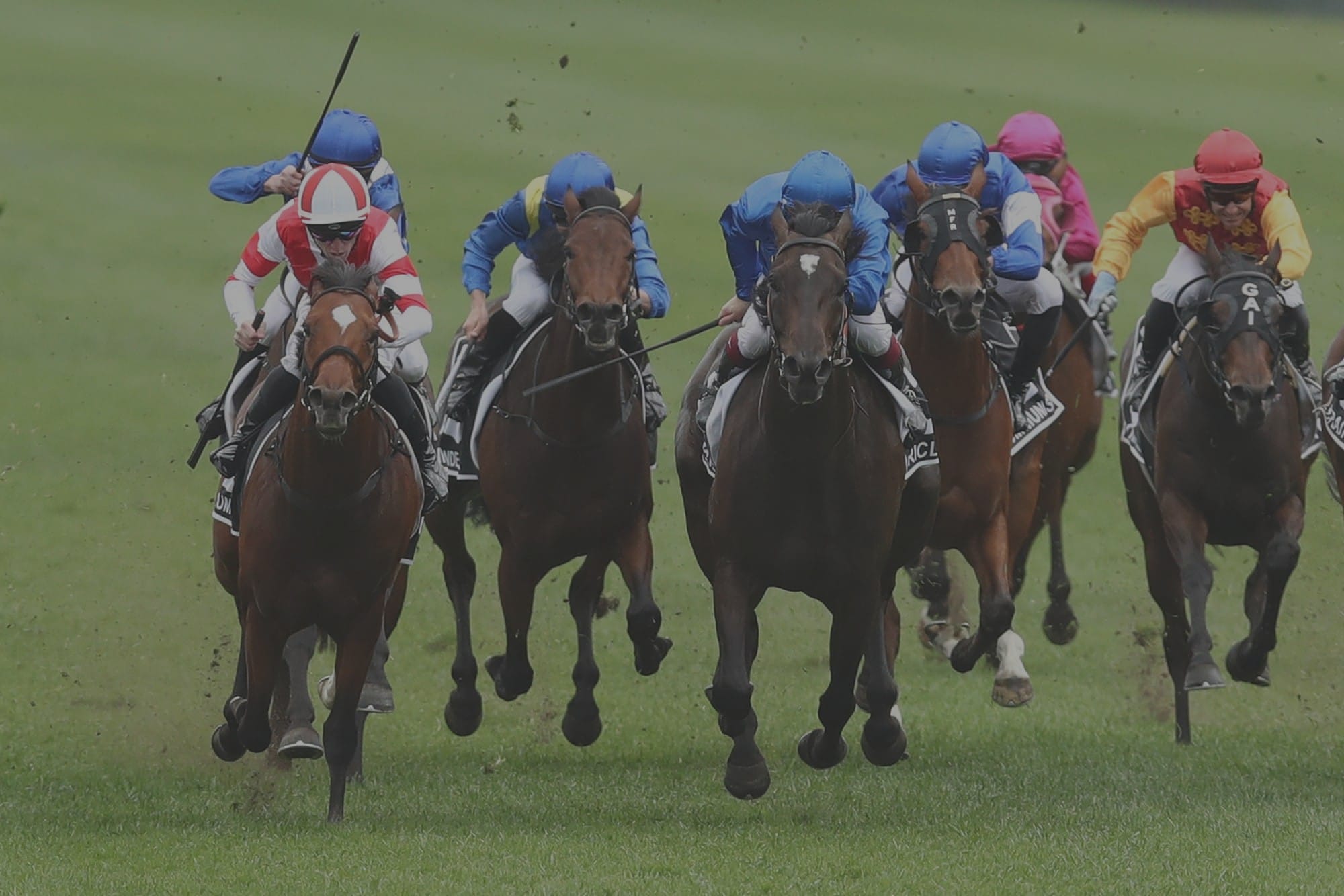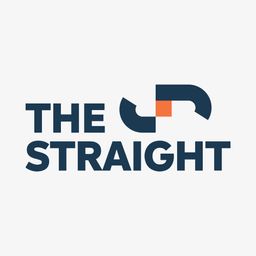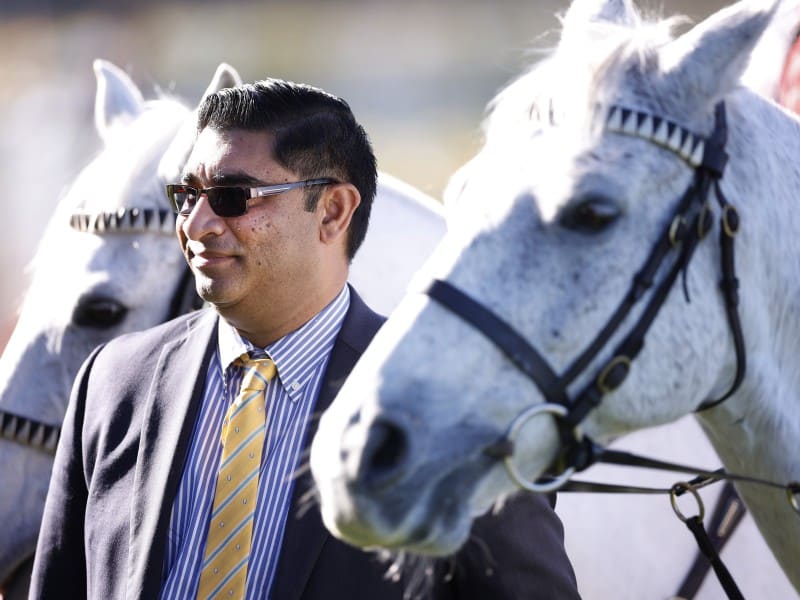Crown plans – Racing NSW assumes land management of five racecourses
Racing NSW assumed the role of Crown land manager of five NSW racecourses in 2024, as the NSW Lands and Property Minister confirmed that 95 of the state’s 115 tracks are on Crown land.
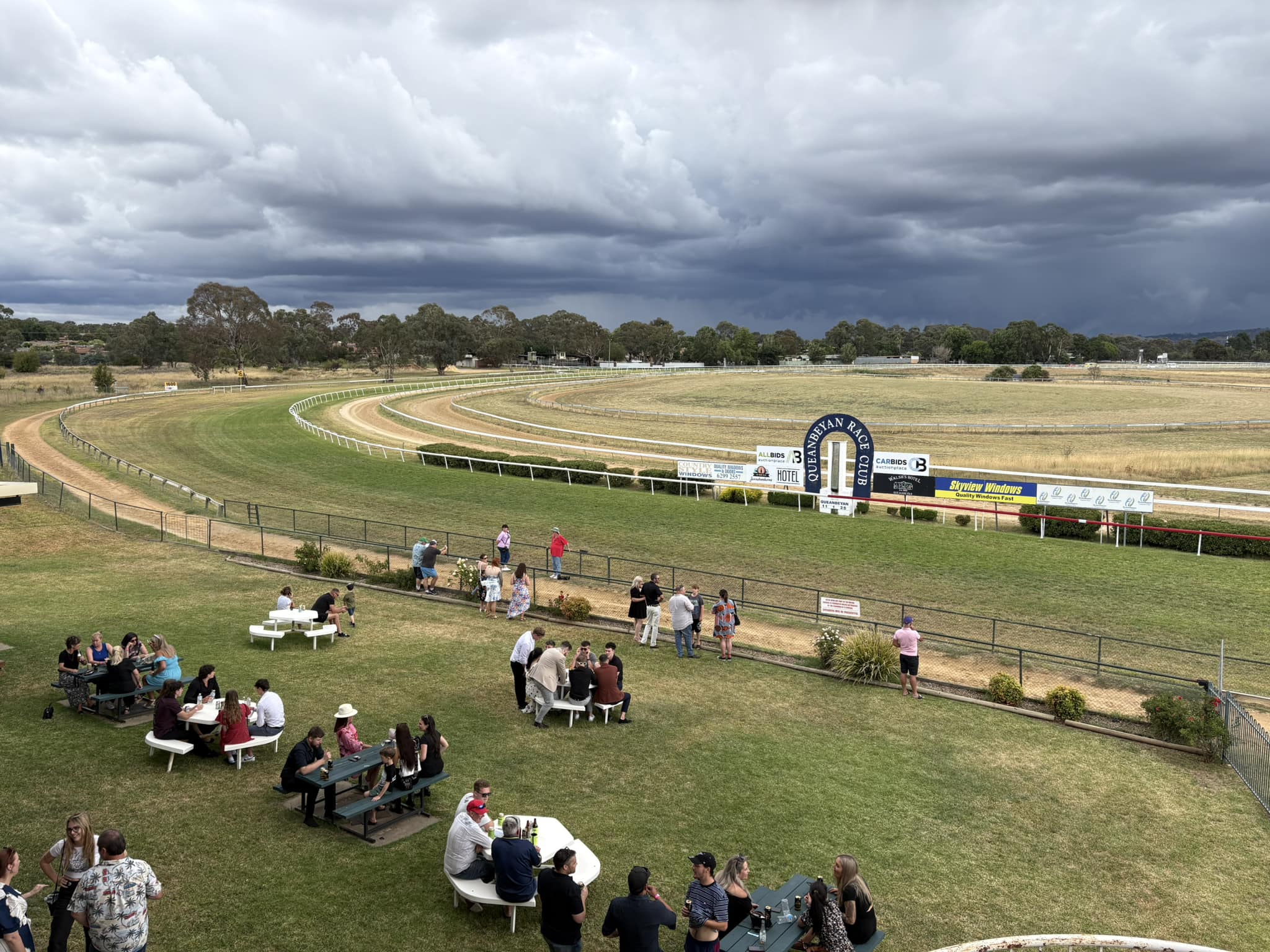
Three years after it was first proposed, Racing NSW was approved as a Category 1 Crown Land Manager (CLM) by the NSW government in the first half of 2024. A CLM is a body responsible for the care, control and management of Crown reserves.
On May 31 last year, the NSW Government Gazette confirmed that race clubs at Port Macquarie, Inverell, Coffs Harbour, Queanbeyan and Armidale had their CLM status for their racecourses revoked with Racing NSW now handed responsibility.
All in all, it represents just under 200 hectares of Crown land of which Racing NSW is now the manager.
Steve Kamper, the Minister for Lands and Property, has told parliament that “written support for the proposal to appoint Racing NSW was provided by all existing Crown land managers”.
The Minns government has appointed 24 different CLMs since it took power in March 2023.
Racing NSW’s suitability for a role as CLM was first proposed in 2021 when then-commissioner Professor Richard Bush reviewed the Crown Land Management Act.
Professor Bush said Racing NSW should help pioneer a new approach to Crown land management as “they represent a highly integrated and regulated industry with a strong corporate governance framework and the ability to better align the goals and aspirations of the industry”.
On September 6 last year, a further Gazette notice was published which detailed that Racing NSW was assuming “any and all leases or licenses” issued by Coffs Harbour Racing Club and Queanbeyan Racing Club.
According to government documents, Queanbeyan’s first Crown lease was notified on January 22, 1886, while Coffs Harbour’s was on December 7, 1956. Inverell’s Crown lease was first established in 1959, Armidale in 1965 and Port Macquarie in 1865.
Racing NSW’s appointment as a CLM has come under scrutiny from Upper House MP Mark Latham, a noted critic of the principal racing authority. Latham has put a host of questions on notice to both Minister Kamper and the Minister for Racing, David Harris.
Several of those questions have been answered already, including the number of New South Wales racecourses on crown land.
In a written reply last Friday to a question from Latham in January, Kamper detailed the current status of the 95 NSW racecourses on Crown land. He confirmed:
– 23 are directly managed by the local race club as Crown land manager
– five are managed by Racing NSW as CLM
– 39 are managed by the local council as CLM
– 27 are managed by a Statutory Land Manager (volunteer) board as CLM.
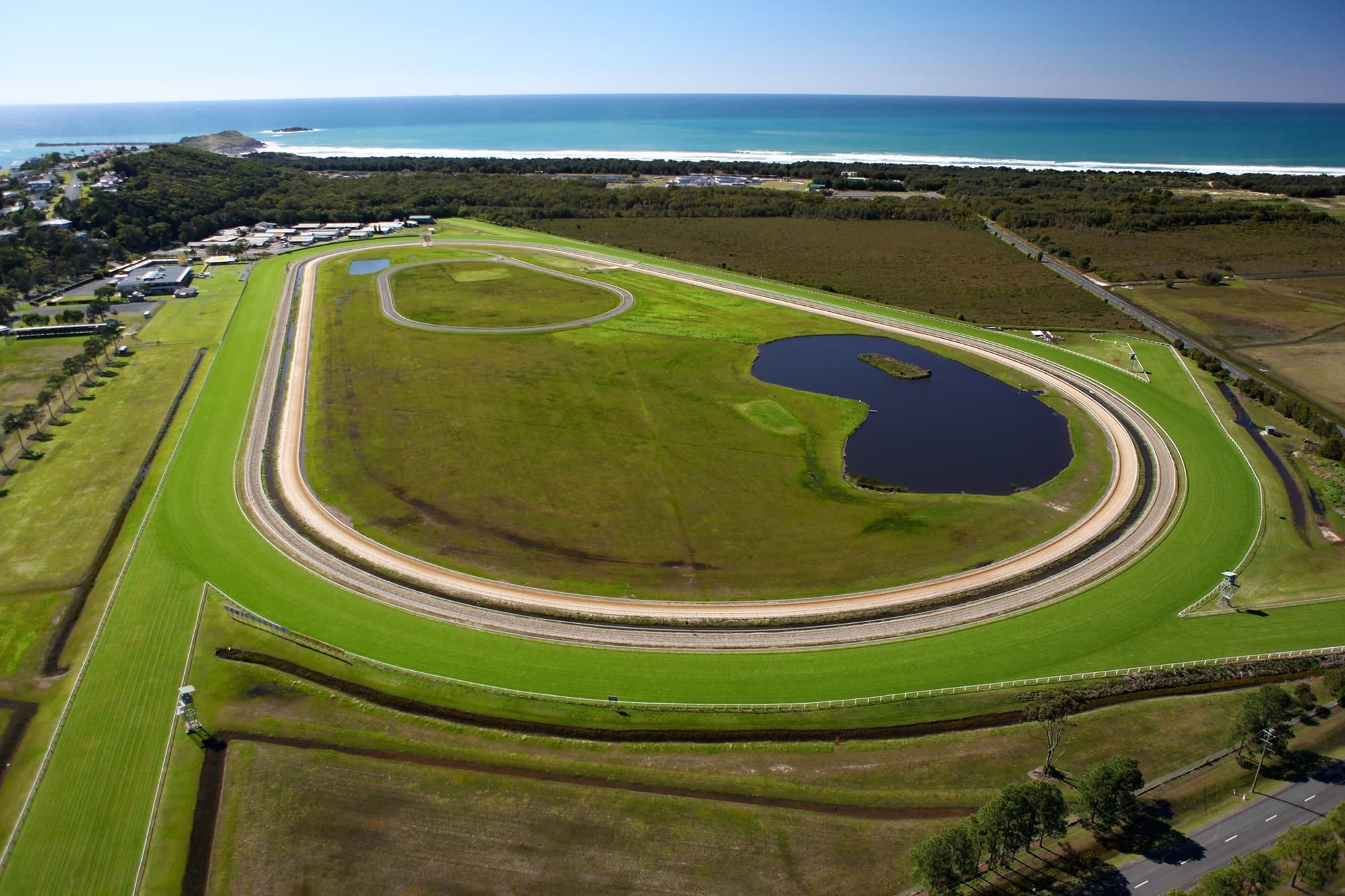
Racing NSW’s appointment as a CLM was not referenced in its most recent annual report, nor was it specifically referred to in the draft strategic plan released in September last year.
The strategic plan did refer to racecourses being acquired by Racing NSW, such as what had happened at Goulburn, and leased back to the club on a “peppercorn’ lease”. The chief aim of this approach, according to the regulator, was to ensure these lands remain as racecourses.
Racing NSW has also purchased 114 stables and training facilities, which have been then leased back out to trainers while two other major training properties have been acquired, Bong Bong Farm in Moss Vale and Lynton in Goulburn.
According to Racing NSW, they were “at risk of being lost to the racing industry if sold for development purposes”.
Bong Bong is already being used as a successful base for leading trainer Cairon Maher.
Also in its strategic plan, Racing NSW referred to the governance and financial viability of race clubs.
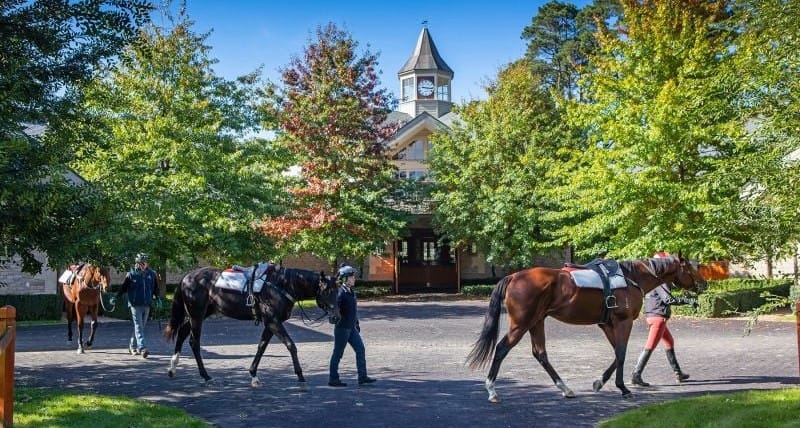
“Holding these clubs accountable for delivery of safe and productive training facilities and for the conduct of successful race meetings is also a key function of Racing NSW to protect the ongoing interest of the industry,” it read.
The transfer of management of the land of Port Macquarie, Inverell, Coffs Harbour, Queanbeyan and Armidale came at a time when Racing NSW’s operations and strategy were put under major scrutiny by a parliamentary Select Committee into the possible sale of Rosehill racecourse.
The Select Committee final report, delivered in December, has recommended, among other things, that an inquiry be held into the operations of Racing NSW.
The state government must reply to the Committee’s findings by March 6.

